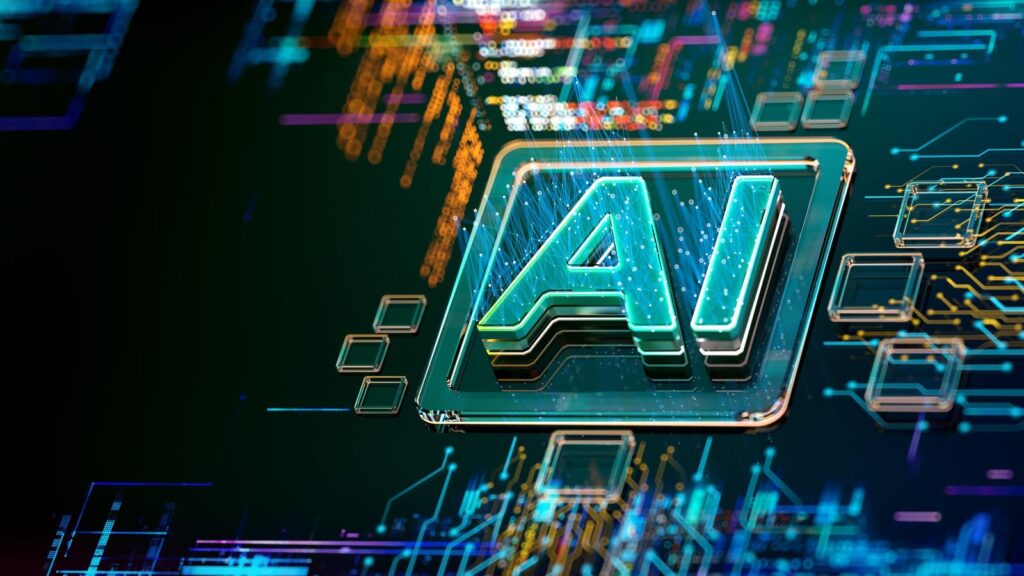
The Power of Open Collaboration: How Open Source is Shaping the Future of AI
In today’s fast-paced digital landscape, Artificial Intelligence (AI) has become a hot topic. Companies worldwide are scrambling to implement machine learning (ML) technologies to improve efficiency and cut costs. However, with the rise of closed-source AI models, concerns about security, compliance, and cost-efficiency have begun to surface. It is time to explore an alternative – open-source AI.
What exactly does this term entail? Open-source AI refers to AI models that are designed to be freely modifiable and distributable by anyone. This means users can fine-tune the model to suit their specific needs, and also redistribute it with changes made to their liking. In a world where data is becoming increasingly more valuable, having access to this level of transparency offers unprecedented opportunities for innovation.
One significant advantage of open-source AI lies in its ability to foster collaboration. As opposed to closed models that are often shrouded in secrecy, open-source AI encourages the sharing and adaptation of knowledge. This leads to faster innovation and a reduction of monopolization, allowing more companies to benefit from these technologies.
As we proceed into the future, it is crucial for organizations to adapt to this shift. The power of open collaboration cannot be overstated – it has the potential to democratize AI technology. What does this mean? It means companies no longer have to rely on third-party vendors who may limit their ability to develop AI solutions due to vendor lock-in.
Another significant advantage lies in its increased transparency and trustworthiness. Unlike closed models, open-source AI provides information about the data used for training the model, allowing users to inspect and verify its quality and provenance. This level of transparency is critical in industries where security and compliance are top priorities.
Furthermore, it is essential to recognize that using third-party vendors may have significant negative consequences for a company. The Open Source Initiative (OSI) defines what open source truly means – and this definition goes beyond simply releasing the model openly. It requires permission to create derivative works and redistribute freely, along with many other things. In essence, if an organization does not grant permission for all of these actions, it is not true open-source.
When exploring AI models, it is crucial to understand that data plays a significant role in their development. AI models learn by processing large amounts of data; the more data available, the better they become. This raises important questions about training data. Open data sources are vital for this process and should be provided with as much transparency as possible.
While open-source AI may seem complex, it has the potential to revolutionize the future of AI. It offers a unique opportunity for organizations to develop high-quality AI models while ensuring their compliance, security, and cost-efficiency.
Source: www.forbes.com


